In a previous article, we discussed the method of growing pepper in greenhouses, and because the composting process is an important and necessary step to provide the necessary nutrients for the plant, we will explain in this article some important points related to the pepper fertilization program in greenhouses..
قائمة المحتوى
Greenhouse pepper cultivation
- Pepper is one of the least labor intensive crops when grown indoors.
- Although it is easy to produce, it is very sensitive to minimum and maximum temperatures.
- Therefore, when growing peppers inside a greenhouse, it is preferable to take early planting dates so that the period of vegetative growth coincides with relatively high temperatures.
- Pepper seeds should also be sown in the greenhouse during the period from mid-July to mid-August.
How to grow peppers in a greenhouse
Why do plants need fertilizing?
There are a number of reasons why compost is an essential component of the growing process for all plants.. These include but are not limited to:
- It contains many nutrients that soil needs.
- It also contributes to raising the vital activity of the soil.
- Besides improving metabolic processes, and thus plant growth.
- As well as improving the chemical properties of the soil, including reducing potassium fixation in it, and facilitating the process of dissolving some mineral elements..etc.
Pepper Fertilization Program Inside the greenhouse
As for the fertilization program for pepper crop inside the greenhouse, it is as follows: </ strong>
First: Prepare the soil to receive fertilizers
- The soil must first be prepared to receive the compost.
- This is done by cleaning them well, and getting rid of any insects or impurities that may spoil the crops .
Second: Start the composting process
- At this stage, equal amounts of manure are added to every 100 square meters of agricultural soil.
- The farmer should be careful to mix the fertilizers into the soil well, until it is ready to receive the second layer of fertilizer.
- For the content of this second layer; It is a decomposed organic fertilizer consisting of 25 kg phosphorous and 7 nitrogen in addition to 15 kg of potash.
- Then the soil is left for two weeks without adding any kind of compost.
- and during the period from the third week to the fifth week; The same compost is used again.
In addition to the above, there are some aspects that must be taken into account in the composting process, including avoiding the use of nitrogen fertilizer and replacing it with organic, as well as spraying the agricultural soil in the morning with fertilizer containing 400 grams. of seaweed with 500 grams of iron, manganese and magnesium, as well as adding 4 liters of phosphoric acid to the irrigation water for two consecutive times.

 then 'Add to home screen'
then 'Add to home screen' then 'Add to home screen'
then 'Add to home screen'
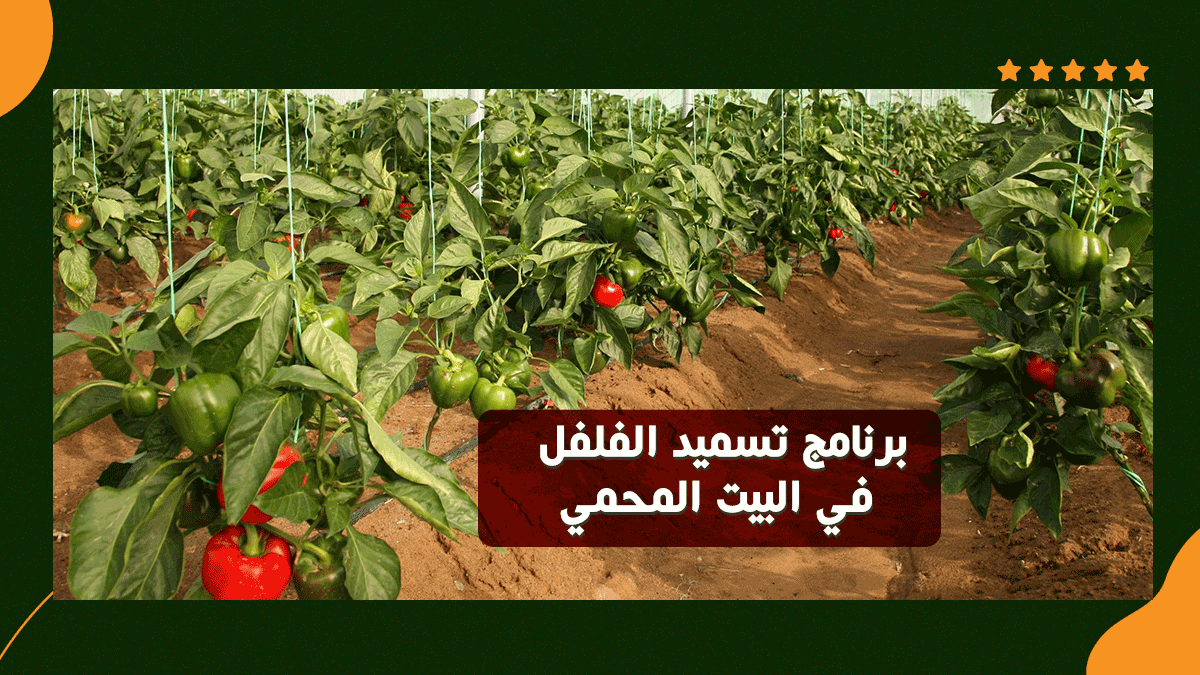


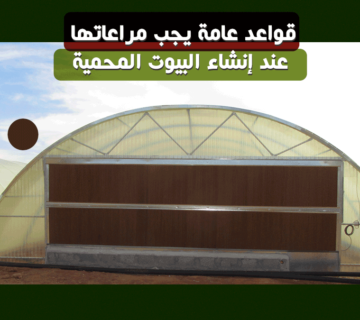
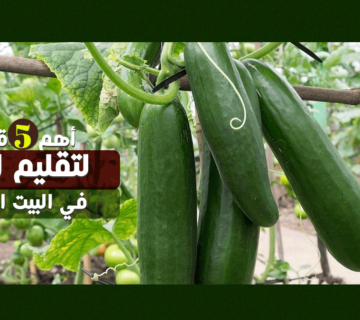
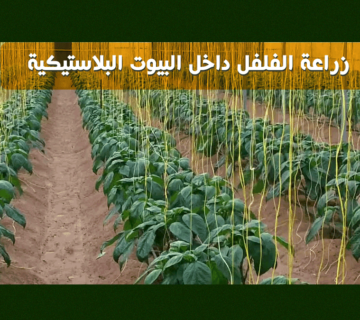
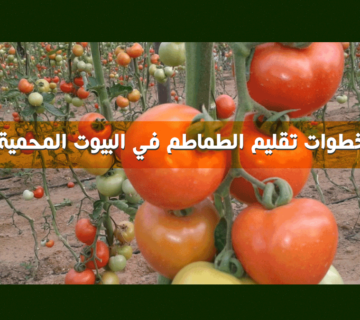
لا يوجد تعليقات